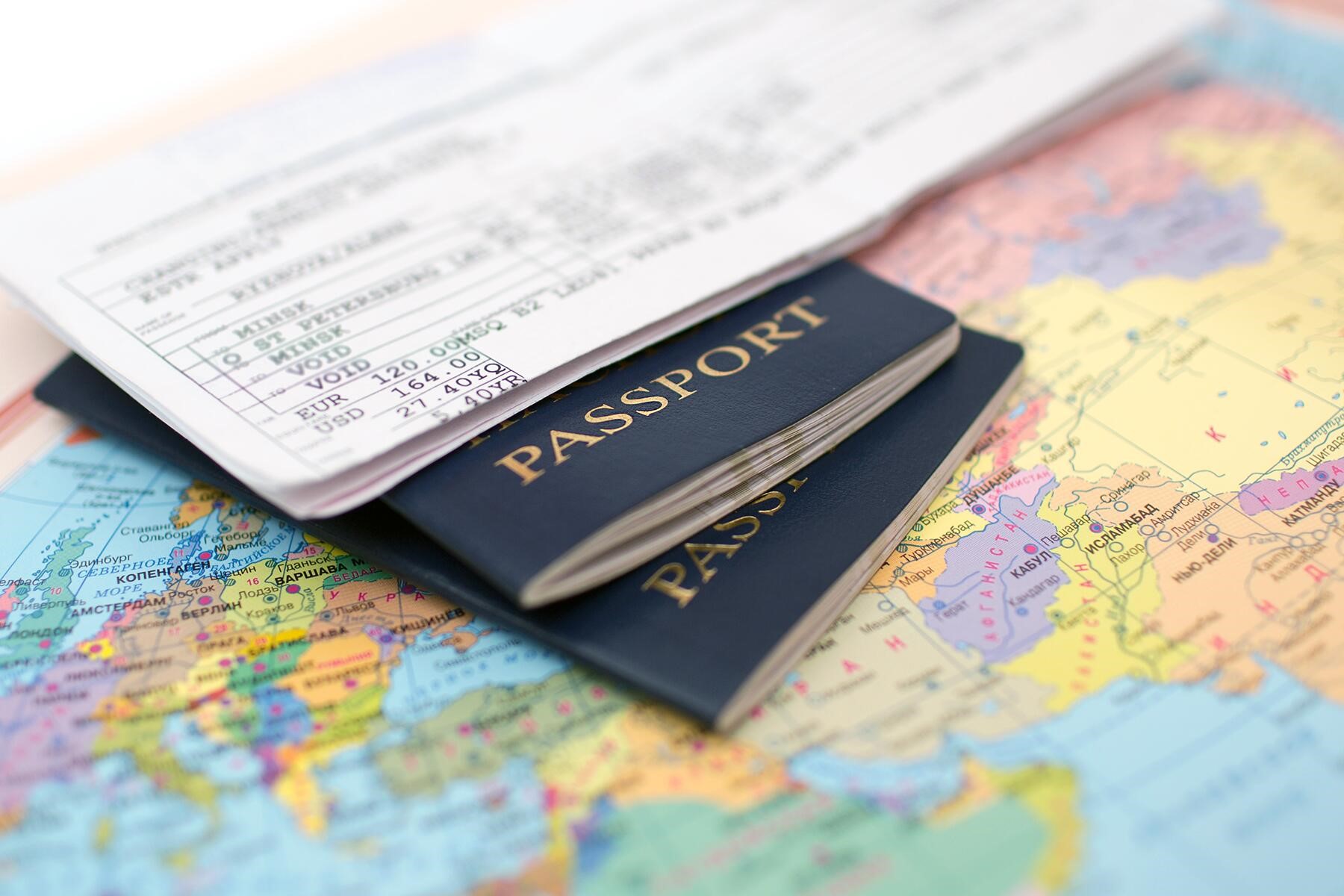Understanding the 5 Key Differences Between a Travel Document and a Passport

Traveling often requires specific paperwork, but knowing the difference between a travel document and a passport can save time and stress. Both serve as identification, yet they have distinct purposes and uses. A passport is a government-issued booklet that allows international travel and verifies identity and nationality. It's essential for crossing borders and is widely recognized worldwide. On the other hand, a travel document is a broader term that can include various forms of identification, such as refugee travel documents or emergency travel documents, used when a passport isn't available or applicable. Understanding these differences helps ensure smooth travel experiences. Whether planning a vacation or an urgent trip, knowing which document you need is crucial. Let's break down these key differences to help you prepare for your next adventure.
What is a Travel Document?
Travel documents are essential for international journeys, but they differ from passports in several ways. These documents serve specific purposes and are often used by individuals who cannot obtain a passport from their home country. Let's explore the key differences between travel documents and passports.
Purpose and Issuance
Travel documents are typically issued to refugees, stateless individuals, or those who cannot get a passport from their home country. They allow these individuals to travel internationally. Passports, on the other hand, are issued by a government to its citizens as a standard form of identification for international travel.Validity and Duration
Travel documents often have a shorter validity period compared to passports. While a passport might be valid for 5 to 10 years, travel documents may only be valid for 1 to 2 years, depending on the issuing authority and the individual's circumstances.Application Process
The process for obtaining a travel document can be more complex than applying for a passport. It often involves proving one's status as a refugee or stateless person. Passport applications generally require proof of citizenship and identity, which is usually more straightforward.Recognition and Acceptance
Not all countries recognize travel documents, which can limit where an individual can travel. Passports are widely recognized and accepted globally, making them more versatile for international travel.Rights and Privileges
Holding a passport often grants the bearer certain rights and privileges, such as consular assistance abroad. Travel documents may not offer the same level of support or privileges, as they are often issued under specific circumstances and may not be tied to citizenship.
Understanding these differences is crucial for anyone navigating international travel, especially those who may need a travel document instead of a passport.
Key Takeaways on Travel Documents vs. Passports
Understanding the differences between travel documents and passports is crucial for any traveler. A passport serves as a primary form of identification for international travel, confirming citizenship and allowing entry into most countries. Travel documents, however, are often used in specific situations, like for refugees or those unable to obtain a passport from their home country. They provide temporary permission to travel but might not offer the same level of access as a passport. Knowing which one you need depends on your travel plans and personal circumstances. Always check the entry requirements of your destination before planning a trip. This ensures a smooth journey without unexpected hiccups. Whether you're using a passport or a travel document, being informed helps you navigate international borders with confidence. Safe travels!

